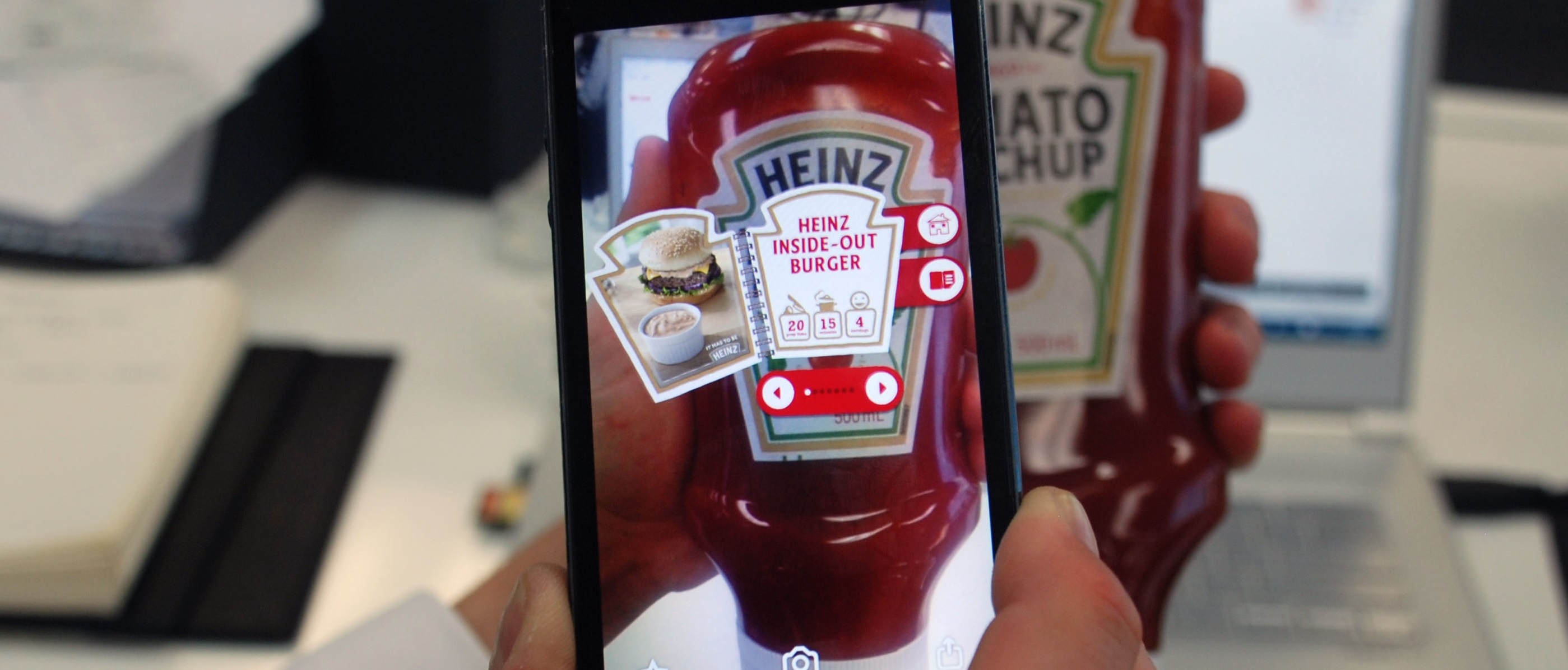
Blippar is one of the latest in technology startups to surpass the $1 billion valuation, making it what silicon valley folks call, a ‘Unicorn’.
Silicon Valley terminology aside, In under 4 years Blippar’s augmented reality technology has been used by some of the worlds leading global brands to enhance customer engagement and experience.
In essence, Blippar’s technology enables businesses and brands to add a new level of engagement and experience to their consumer focussed offerings. Whether that be marketing orientated e.g. product packaging and advertising or service delivery focussed e.g. bringing static content in publications to life. Blippar and other augmented reality technology offerings enable consumer devices (mobile phones and tablets) with cameras and an internet connection to access enhanced content experiences, from image and video content to web pages and online shopping.
To provide an augmented reality experience you need a few technological features in place. First you need a reader, whether it is a custom built one like Leggo’s in store offering (https://www.youtube.com/watch?v=PGu0N3eL2D0) or a more generic platform like Blippar. The reader detects the object it is presented with and matches it to a library of experiences. Once the reader identifies the object it is presented with, the enhanced content experience is unlocked and loaded for the consumer to interact with.
The technology itself is not a new breakthrough. Augmented reality has been around for a good number of years now and is being increasingly utilised in some of the more technology adapted global markets like Japan, London and America. A benefit to Blippar’s proposition is that improved technology and connectivity have ironed out a lot of the user experience bugs that have prevented further uptake e.g. connectivity issues, load times etc… Blippar has packaged its offering in such a way that offers marketers and those looking to enhance customer experience and engagement, a reliable platform to do so.
So how does augmented reality technology apply to your business? This really comes down to imagination, however outlined are a few brief examples of how augmented reality and technologies like Blippar can be used by Australian businesses to drive customer engagement and experience.
- Education – Increasing student engagement with the education environment is an area that universities and other tertiary education institutions continue to look for innovation. The ubiquity of smartphone mobile devices among university students means that such institutions can now utilise augmented reality to drive further student engagement with the university environment. Some examples are improved way finding through campuses, lecture previews and teasers to entice student interest, and sign up to student group activities and clubs.
- Publishing – bringing a whole new dimension to driving engagement through a variety of content. Newspapers in Japan have spearheaded the use of augmented reality in their print publications by offering child friendly versions of the stories. Some other ideas involve bringing to life complex issues in text books to improve explanation (e.g. algebra or science) to enhance engagement and information retainment among people consuming the content.
- Retail Shopping – providing consumers with a greater sense of direction within shops and shopping centres. Way finding is a key concern for many property developers. Augmented reality can be used as a consumer aid to provide customers with improved clarity and bearings when in a retail shopping environment.
- Product Packaging – bringing products to life in ways that enhance the consumers emotional connection to the product and lead to higher product purchases. Leggo provides a fantastic example of this as outlined above. Leggo has brought to life its products through a custom made augmented reality in-store kiosk that demonstrates an exciting assembly of the product within the box presented to the kiosk reader. Brands like Nike, Ikea and Toy’s R’ Us can all make use of augmented reality to further entice product purchase in both their retail and online environments.
- Manufacturing Diagnostics – the use of augmented reality technology needn’t only apply to B2C engagements. There is scope for manufacturers of complex products to employ augmented reality technology to aid their service and product support teams in running diagnostics and quoting for repairs to parts that have failed or worn away.
The possibilities of augmented reality technology are ubiquitous and if you want to explore innovative ways of enhancing experience, engagement and process then get in touch with us to discuss how augmented reality can be applied for use in your business.

